This painting belongs to the finest period of Galante's production, recognizable by the frayed brushstrokes that construct the figures, enveloped in the half-light interrupted here and there by imperceptible luminous vibrations.
A tireless artist, tormented by the spirit of research, imbued with a noble fervor, he conceives his art with a healthy modernity of intention, in a constant tension towards the beautiful, the new and the audacious. His clear, fine and harmonious painting possesses qualities of elegance that are uncommon today, to which is added a beautiful frankness of drawing, avoiding all trickery and makeup.
Measurements
frame cm 62 x 53
canvas cm 50 x 39
Biography
Born in Margherita di Savoia, in the province of Foggia, on November 4, 1884, he quickly moved to Naples where, from 1896, he attended the Institute of Fine Arts. A student of M. Cammarano and V. Volpe, he completed his studies in 1904, receiving first prize for painted figure and landscape. As a student, he collaborated as an illustrator with various Neapolitan newspapers. In his pictorial activity, which began in parallel with his graphic work, Galante was part of a figurative discourse of European scope from the 1910s, as evidenced by the frayed brushstrokes, of Impressionist inspiration; However, this tendency soon coexisted with a marked predilection for an intimacy of atmospheres, themes and decorative ideas as in the tempera L’Attente (circa 1912: Naples, private collection) or in the Attraction of 1914 (ibid., Circolo artistica politecnico), for which Nabi’s suggestions have been mentioned (Ricci, 1981, p. 84). G.’s culture, at this time, does not differ from that of many artists of his generation, variously oriented towards modernist currents in search of greater autonomy from the traditional environment. Already present in 1904 at the exhibitions of the promoter Salvator Rosa in Naples (where he would continue to exhibit until the 1940s), in 1909 he joined the "Secessione dei ventitré", a group which, already by its name, intended to refer to the movements of Munich (1892) and Vienna (1905), within which gathered about thirty young Neapolitan painters, sculptors and graphic artists, including E. Curcio, E. Pansini, G. Ricchizzi, R. Scognamiglio and E. Viti. In 1909 he participated in the Salon d'Automne in Paris and in the LXXIX Roman Exhibition of the Society of Amateurs and Cultivators of Fine Arts, where he exhibited Marechiaro and Studio (Rome, National Gallery of Modern Art); in 1910 he made his debut at the Venice Biennale, an exhibition that would see him present until the XIII edition (1922). Around the 1930s the figure of the artist acquired prestige, as evidenced by his membership of the National Commission for the Defense of Monuments, Landscape and Building Aesthetics (until 1929), his position as professor of engraving technique at the Academy of Fine Arts of Naples (1930-1932) and, again, his appointments as member of the Academy of Arts, Letters and Archaeology of Lecce as well as of the National Society of Sciences, Letters and Arts of Naples. In the post-war period, the artist went beyond the smooth forms of his immediately preceding production. In paintings from the 1950s (such as Evening in St. Lucia, Purple Jacket, Puglia and Roofs, works reproduced in Limoncelli, 1965), although with a different, sometimes redundant, use of color, he returns to the technique of multiple brushstrokes of his youth, unanimously considered the most interesting (Menna, 1965; Ricci, 1981, p. 84; Salvatori, 1992, p. 901). Galante died in Naples on March 15, 1972.



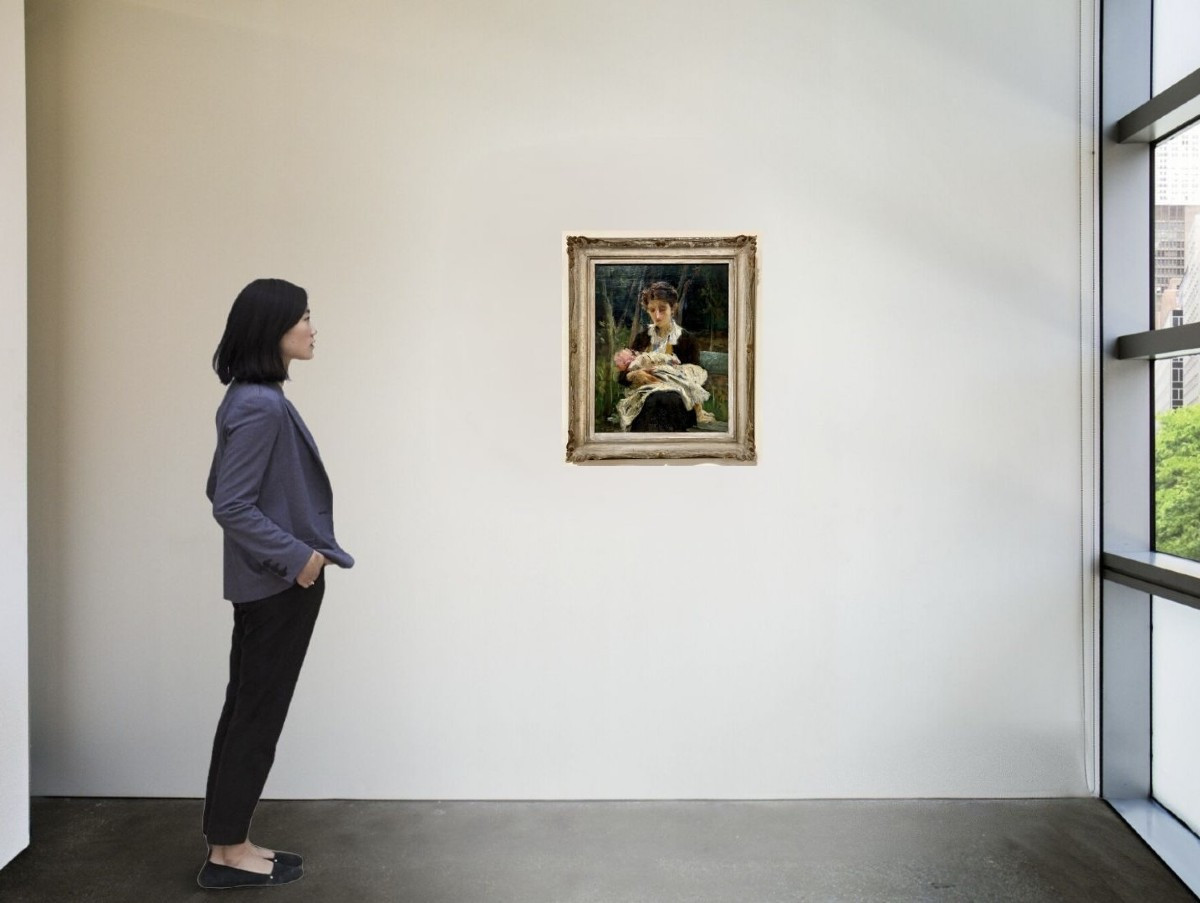
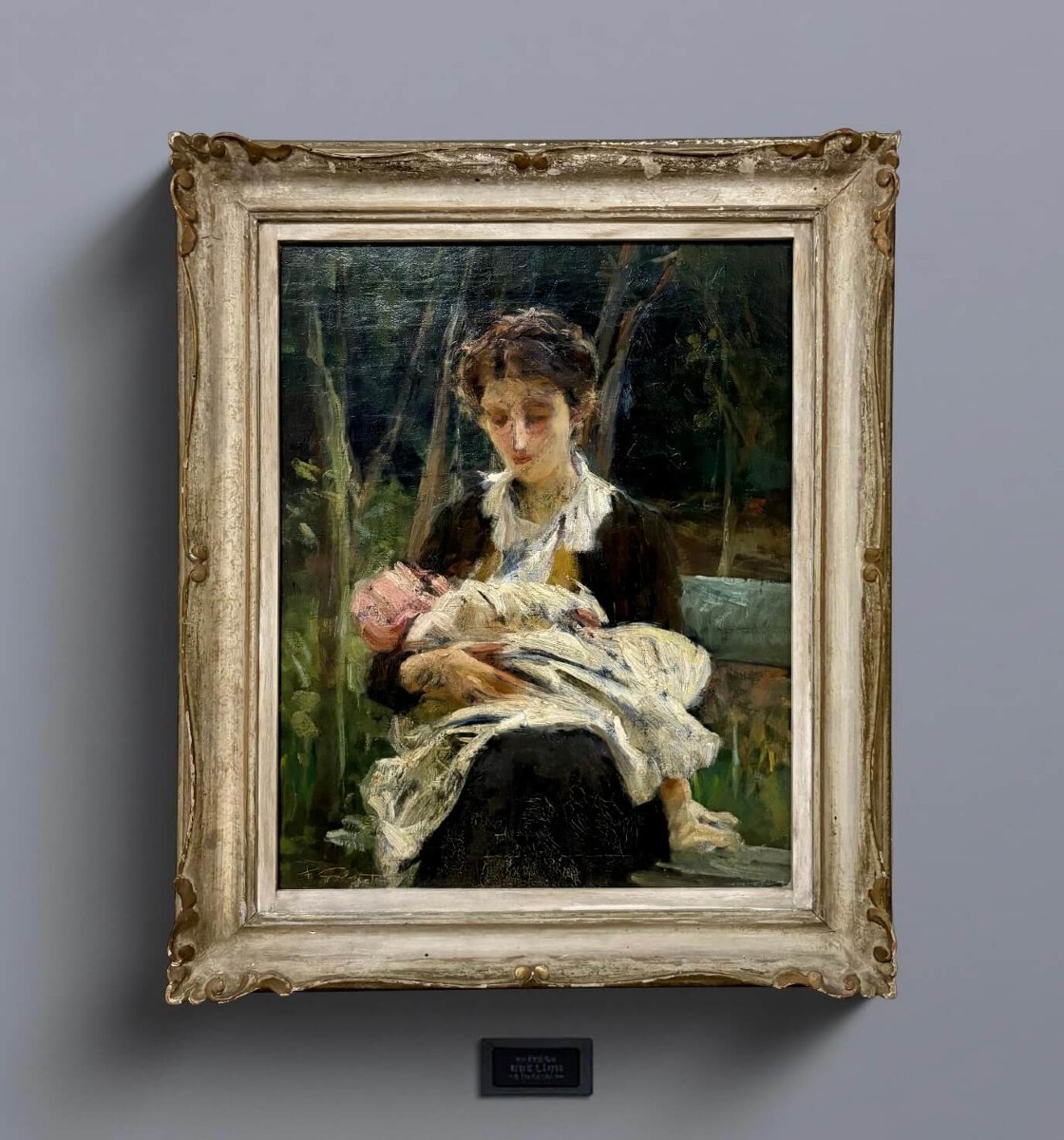
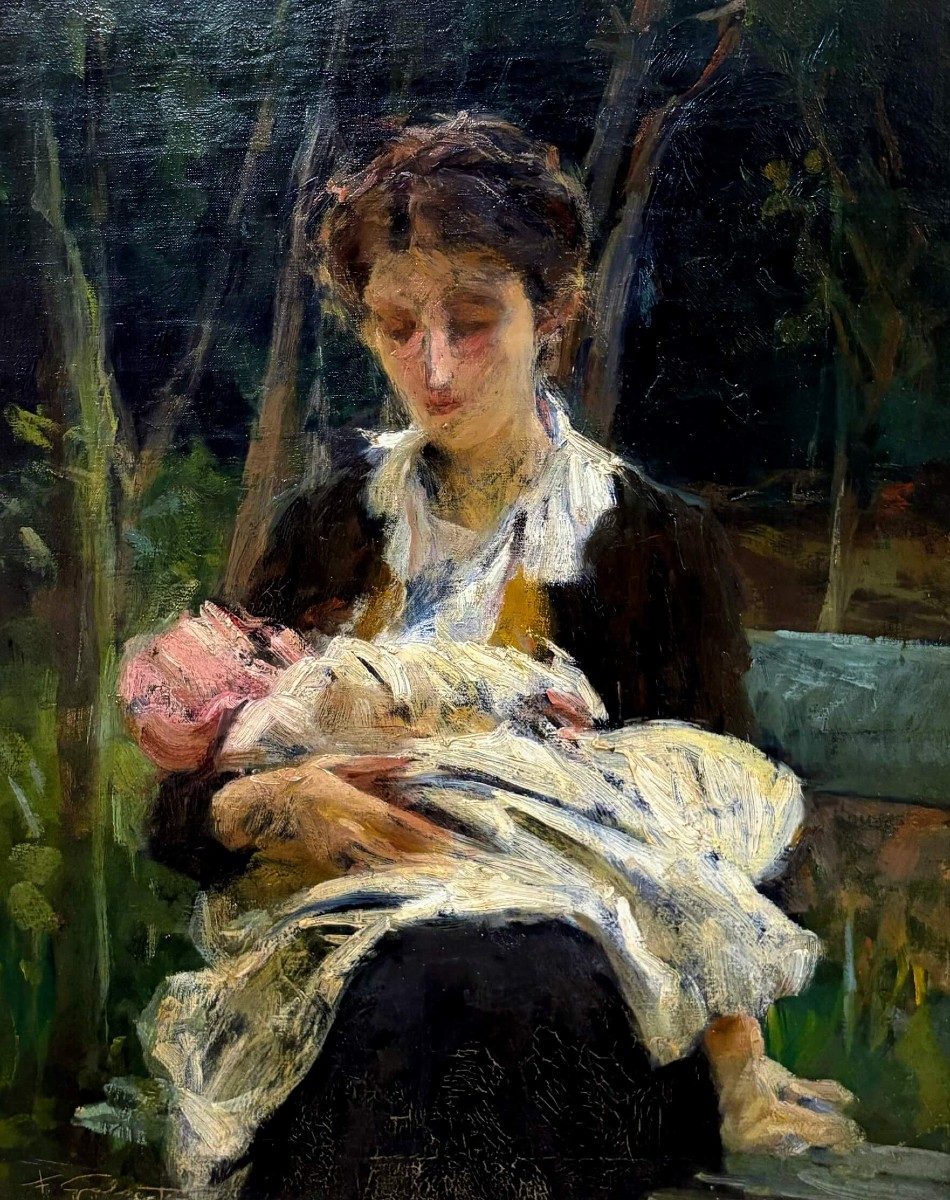
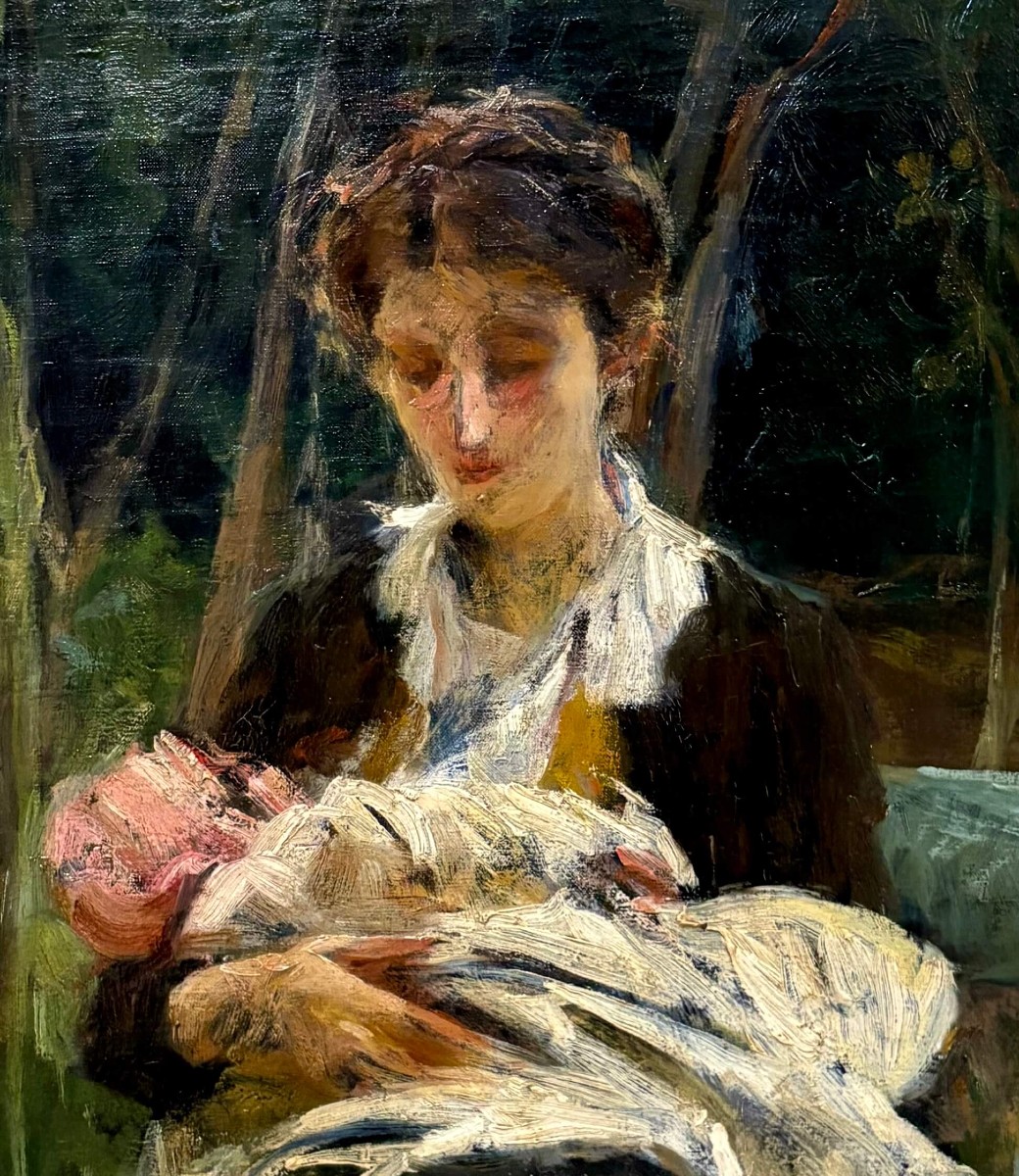
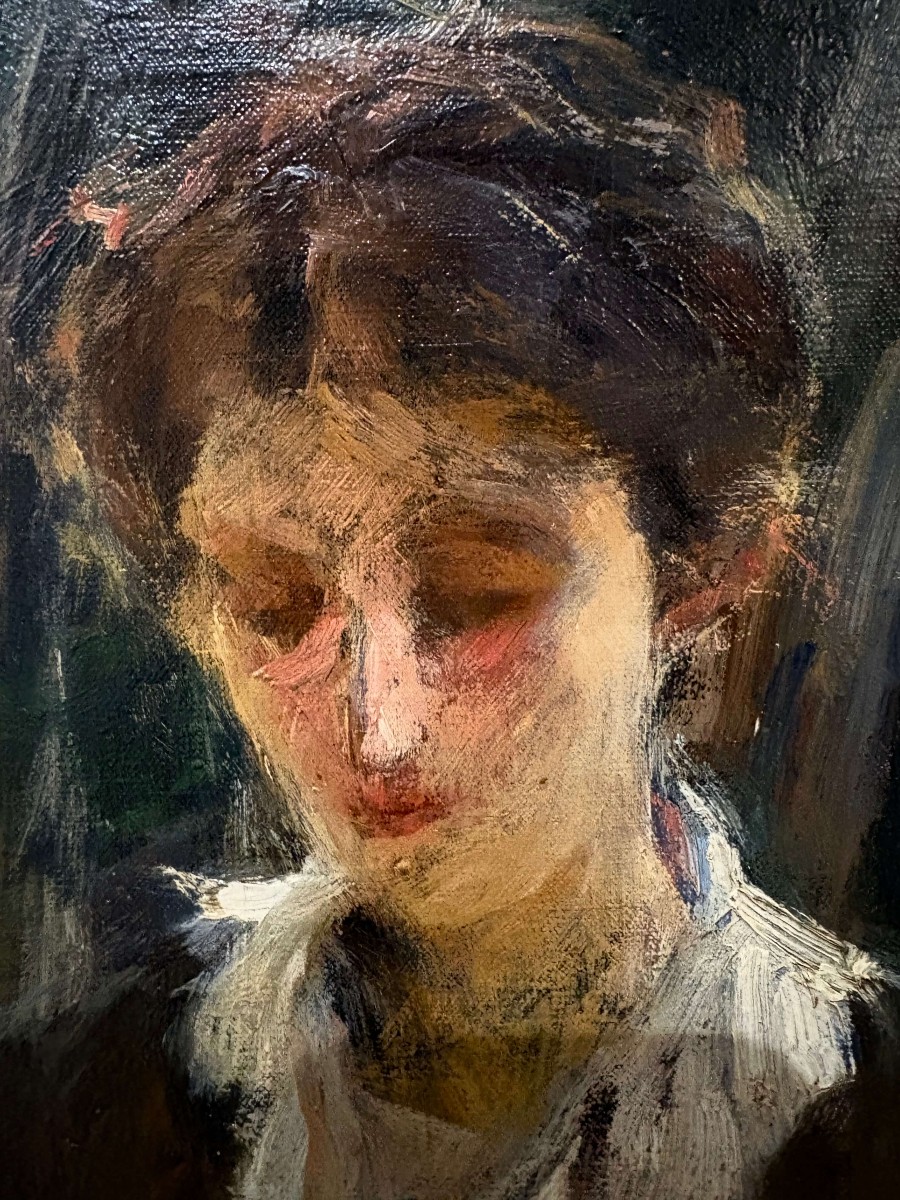

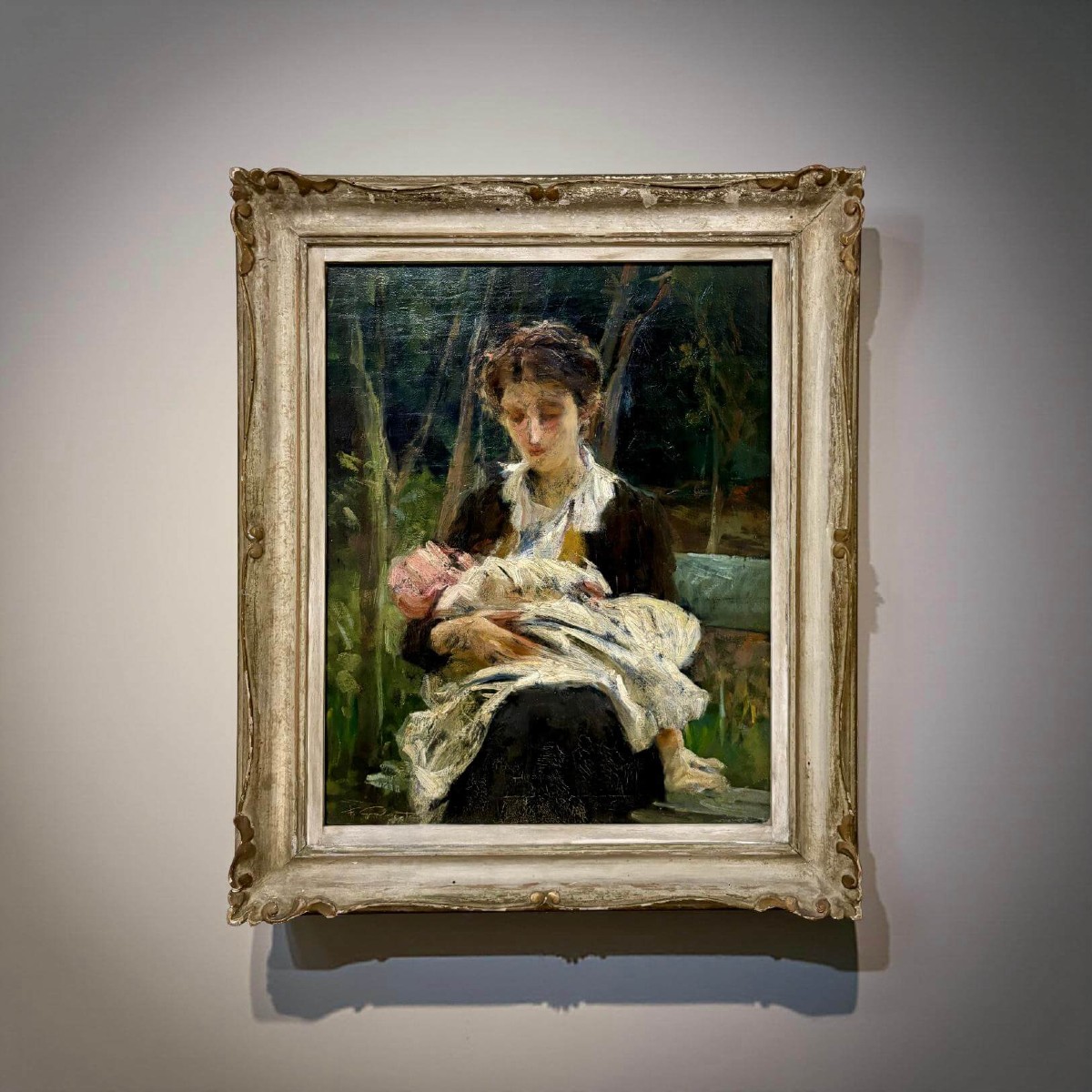
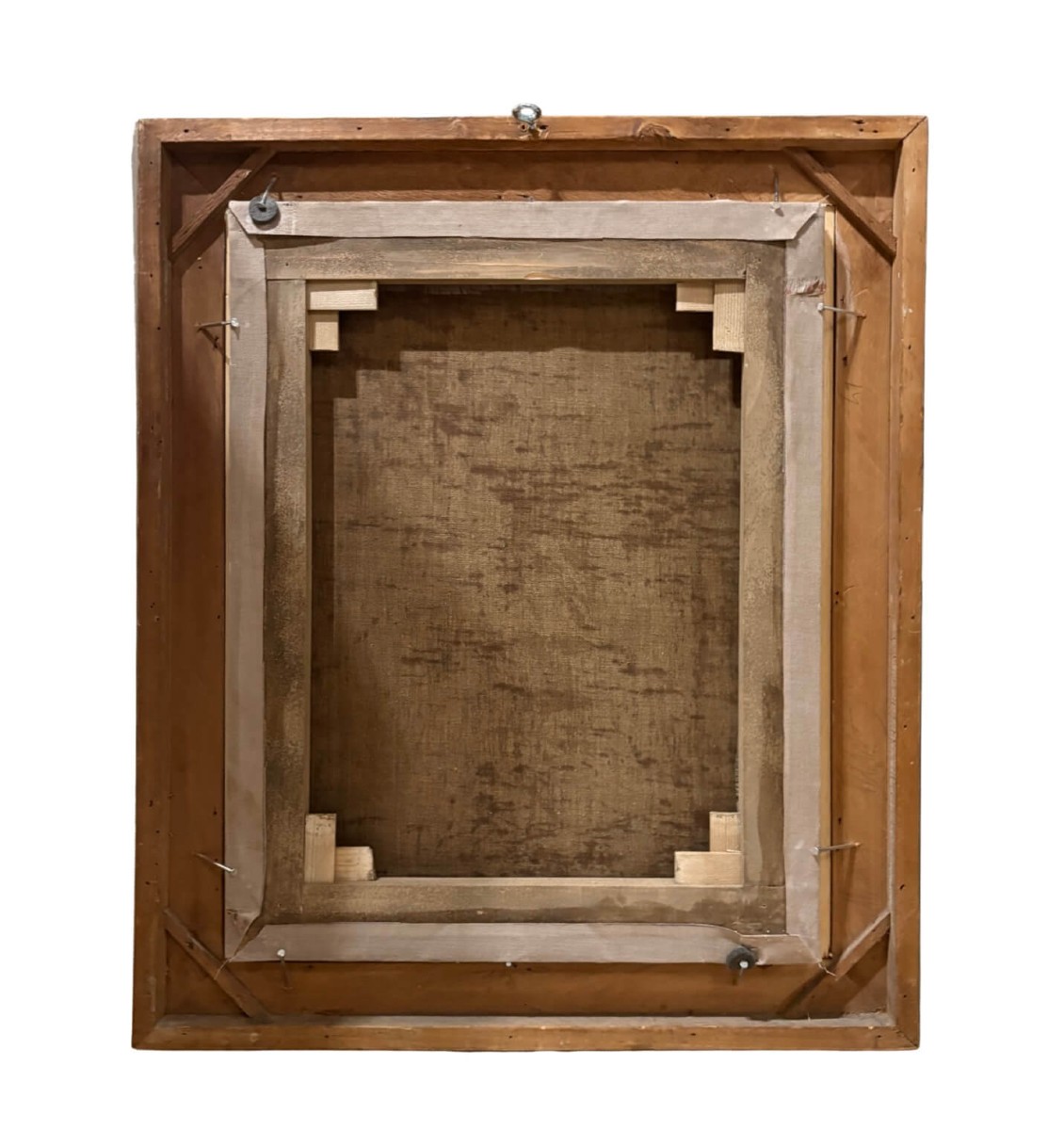











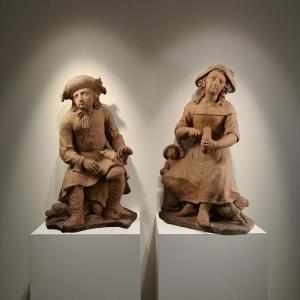



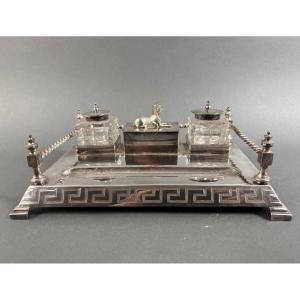


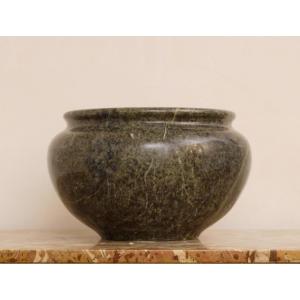

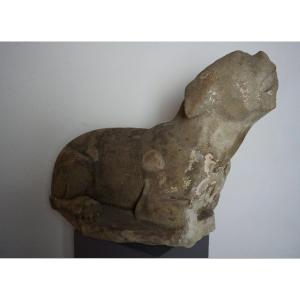
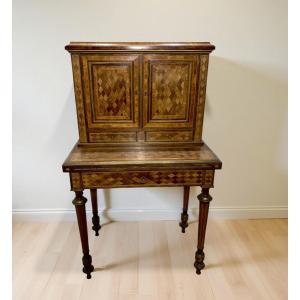



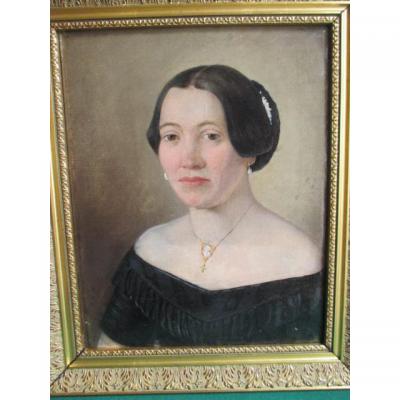
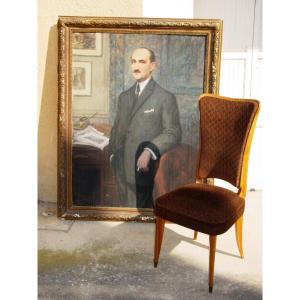
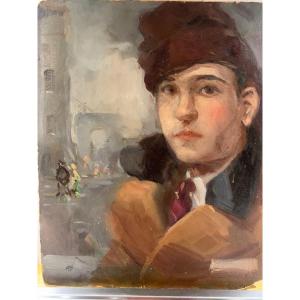





 Le Magazine de PROANTIC
Le Magazine de PROANTIC TRÉSORS Magazine
TRÉSORS Magazine Rivista Artiquariato
Rivista Artiquariato